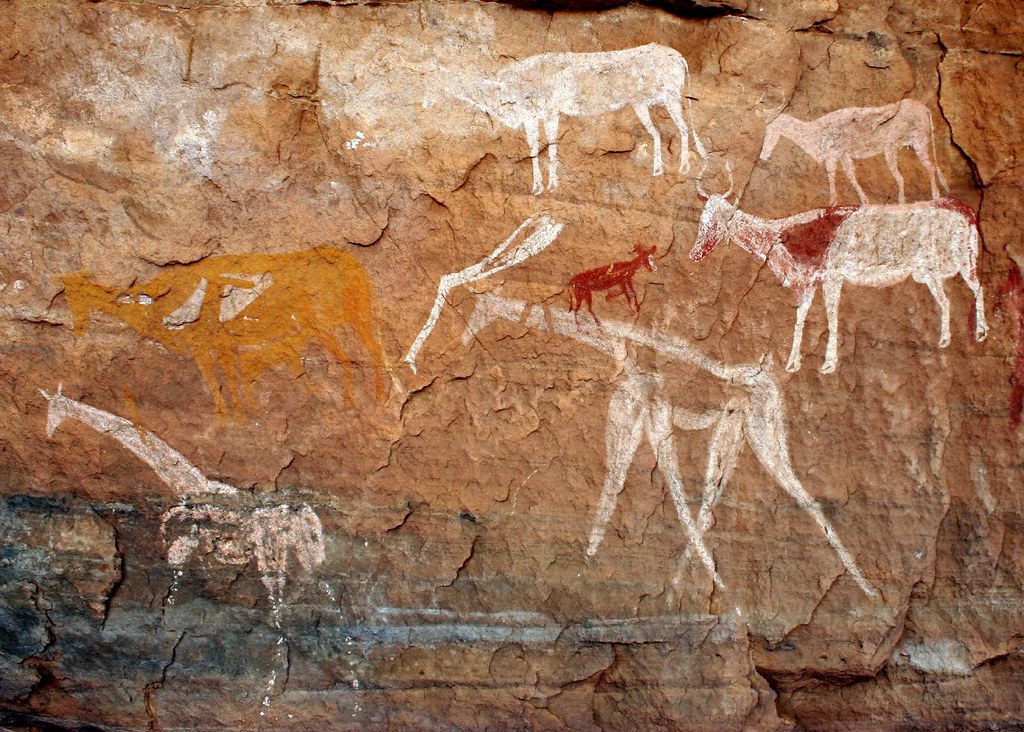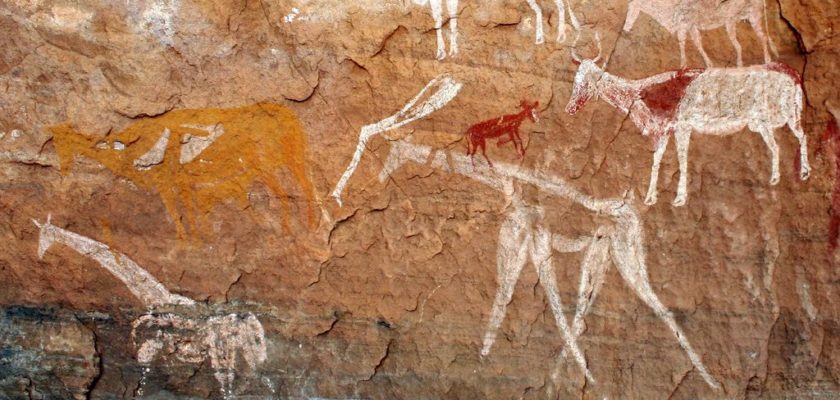Prehistoric cave painting is a wonder to modern people. It is not sure why the caveman painted on the cave’s wall. Was it just out of necessity or a tendency of creating something beautiful or was it an early form of religion? But these paintings show the level of cave man’s intelligence. We think it is quite intriguing to know some of the amazing prehistoric painting.
Serra da Capivara
The Serra da Capivara National Park in northeast Brazil is famous for its rock decorated with cave paintings. The paintings depict rituals and hunting, trees and animals capybaras. The oldest paintings are created about 25,000 years ago. However, this is disputed by several geneticists as this is contradictory to the currently accepted date of human settlement in the Americas.
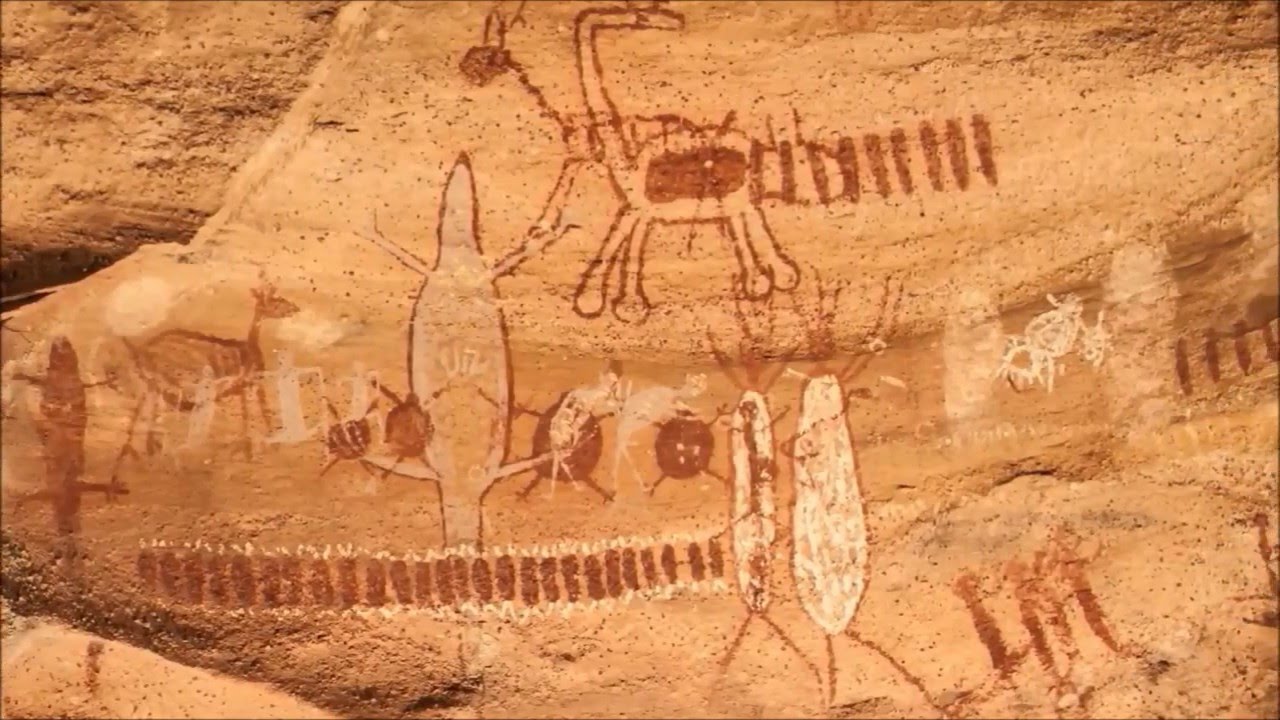
Lascaux Paintings
Well known as “the prehistoric Sistine Chapel”, the Lascaux Caves are a cave series located in southwestern France decorated with some of the most impressive and famous cave paintings. It contains about 2000 images and estimated to be 17,000 years old. Most of the major images have been painted onto the walls using mineral pigments.
Many paintings are too faint to detect. The cave painters are supposed very skillful in their work. The most famous part of the cave is the Great Hall of the Bulls where bulls, equines, and stags are portrayed.
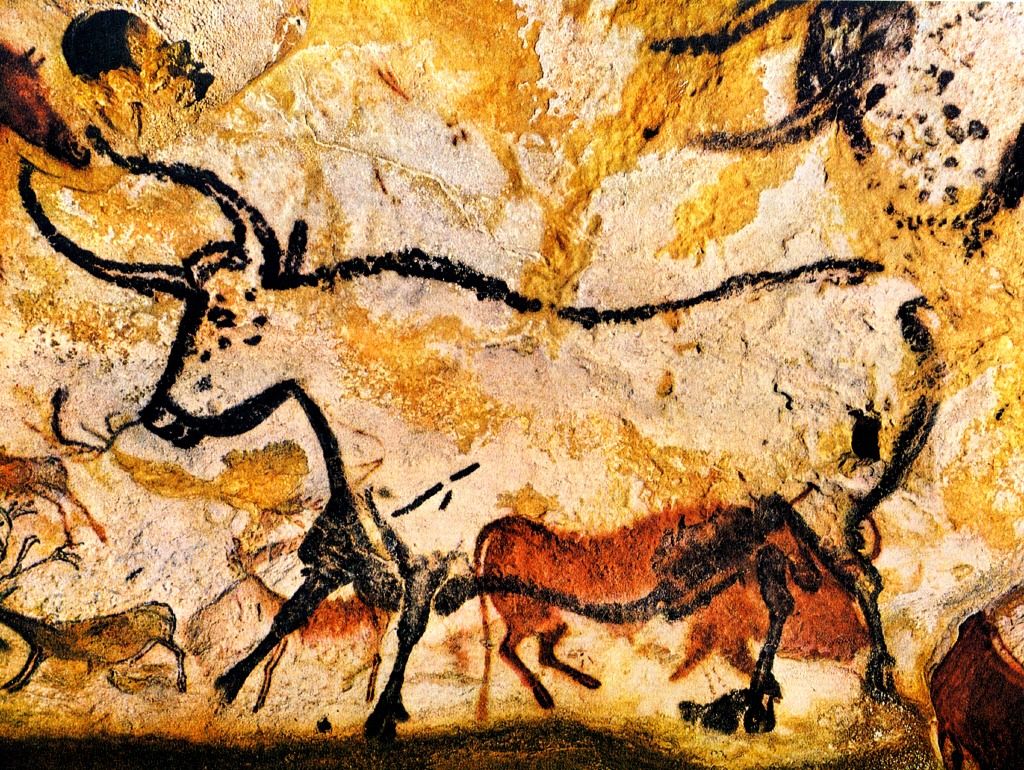
Magura Cave
One of the largest caves in Bulgaria, the Magura Cave is situated in the northwest part of the country. This is one of the important caves for the cave paintings decorated on its wall. More than 700 paintings have been discovered on the walls. These paintings are dating from the late Neolithic, Epipaleolithic and early Bronze Age. Most of the paintings represent hunting and dancing people as well as a large variety of animals.
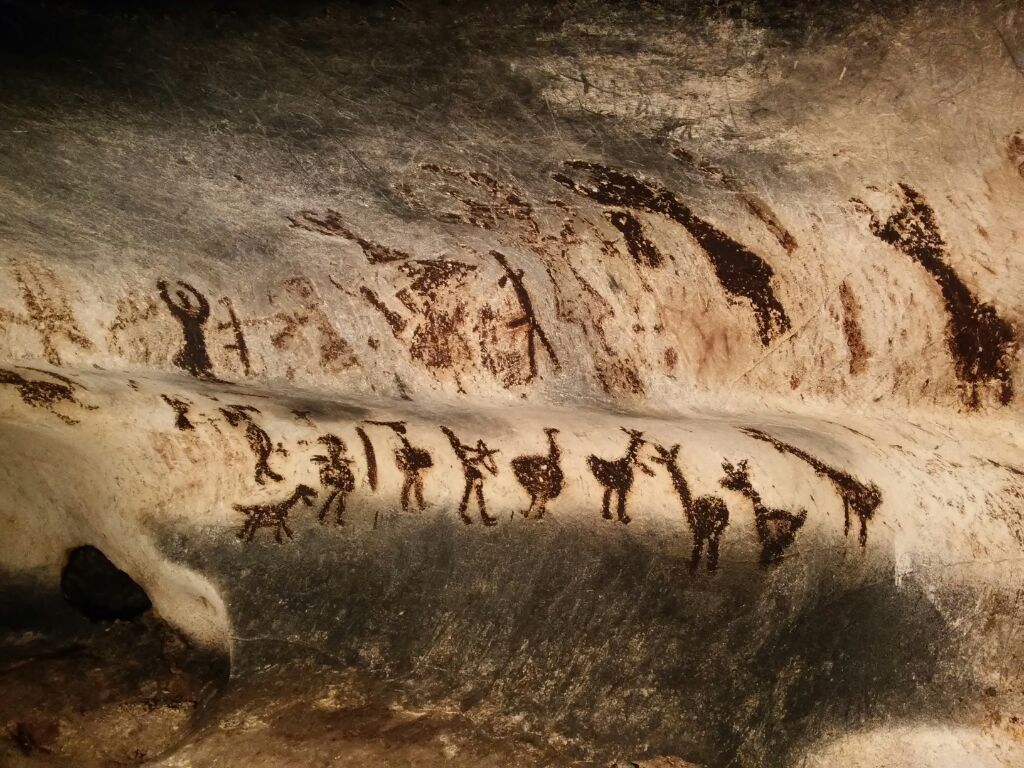
Laas Gaal
Laas Gaal, a series of caves and rock shelters in northwestern Somalia, is famous for its rock art. These caves contain some of the earliest known cave paintings. The paintings were created somewhere between 11,000 and 5,000 years. Among these paintings, cows in ceremonial robes accompanied by humans are quite mentionable. The paintings are excellently preserved.
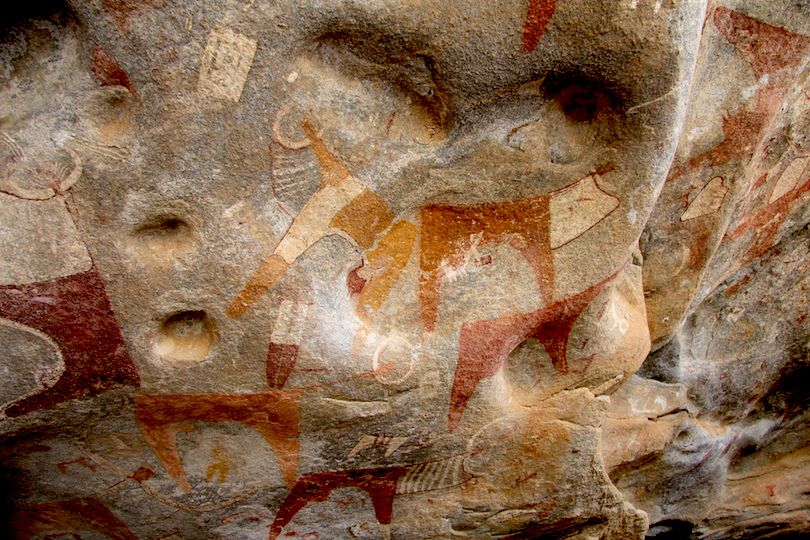
Bhimbetka
Bhimbetka, situated in central India, contains over 600 rock shelters decorated with prehistoric cave paintings. The color used in painting is mainly red and white with an occasional use of green and yellow. The cave painters usually depicted social life, different animals they used to hunt. The oldest paintings are about to be 12,000 years old.
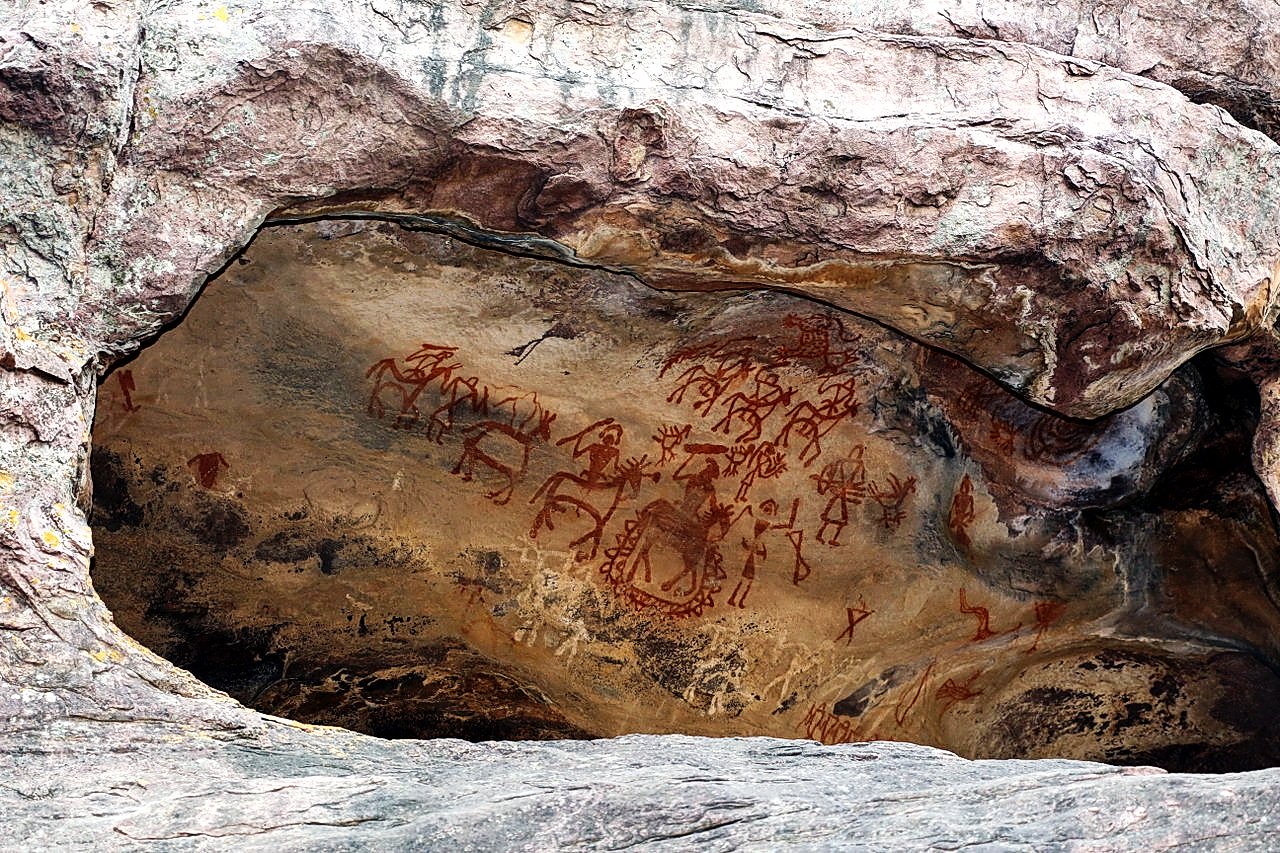
Kakadu Rock Paintings
Kakadu National Park, situated in the Northern Territory of Australia contains one of the greatest concentrations of Indigenous art sites in Australia. About 5000 art sites have been discovered in Kakadu. The native paintings are estimated to range in age from 20,000 years to the recent present. It is the finest examples of “X-ray art” in the world.
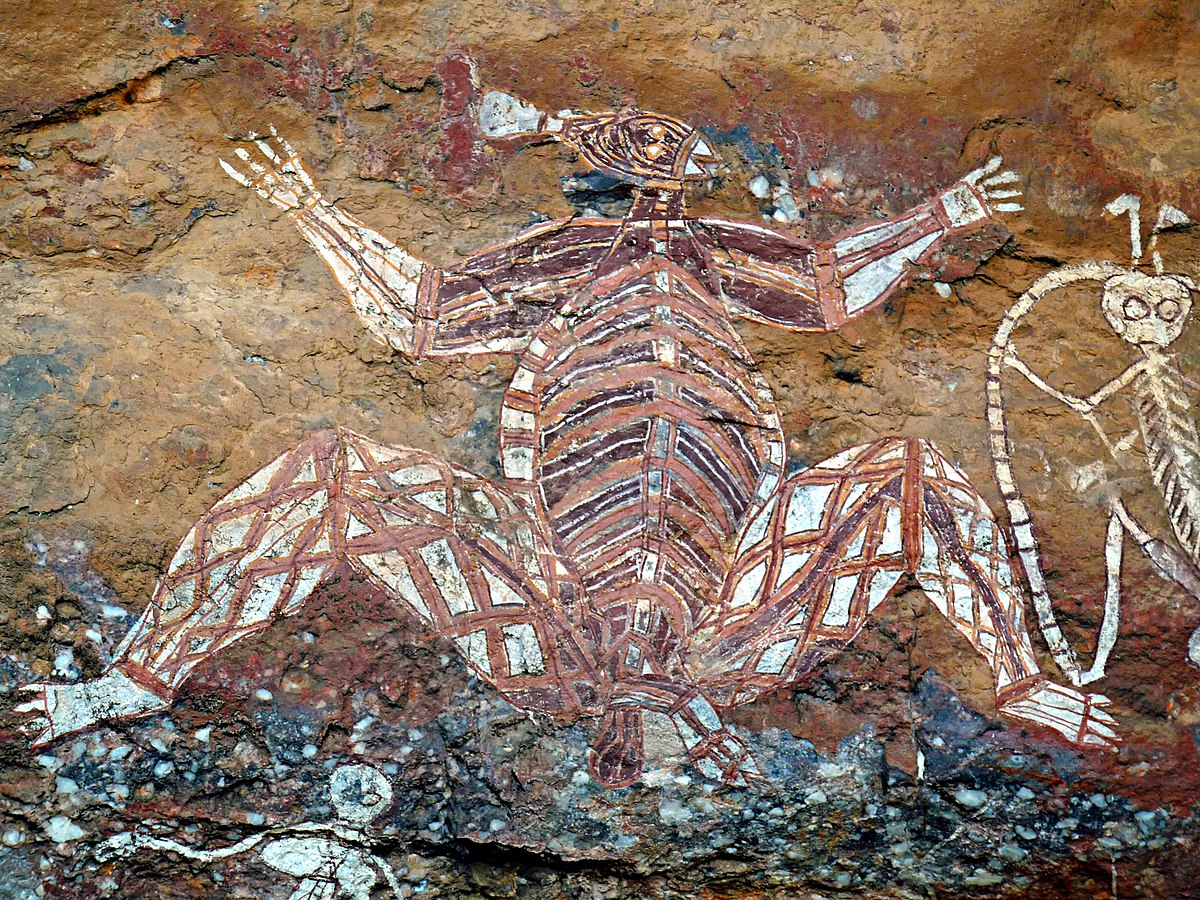
Tadrart Acacus
Tadrart Acacus Mountain in the Sahara desert of western Libya is a UNESCO World Heritage site for its important prehistoric cave painting. The paintings dated back from 12,000 BC to 100 AD. The paintings are also a document of changing the environment of the Sahara desert. From this painting, we know that Sahara used to have a much-wet climate. The paintings depict mainly animal and daily social life.
